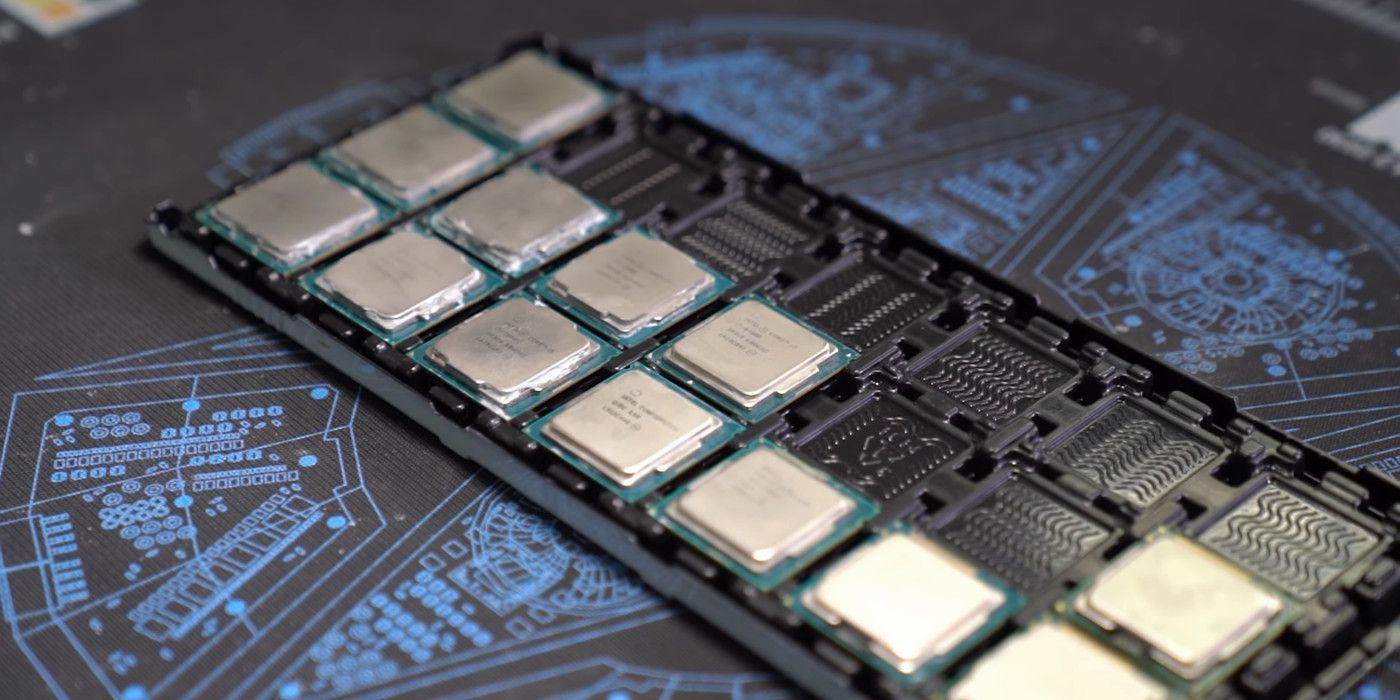A recent video has cast a shadow of doubt over whether CPU manufacturers will be able to deliver what they have promised in time to keep up with consumer expectations in the coming months. This is because the Nvidia GeForce 3080, expected to be announced in September, is designed to be PCIe 4.0 compatible, and as a result consumers expect the latest CPUs to have the same capability.
Steve Burke, editor in chief of Gamer's Nexus, after discussing with a number of manufacturers the state of the industry and release dates for the Nvidia graphics card, concluded that "Intel really screwed up." It seems the timeline Intel has plotted for the 11th generation of Intel processors needs work, in particular, the one for the Rocket Lake S chip, which will have PCIe 4.0 compatibility but will not be released in time to catch early adopters of the 3080. AMD is in a marginally better position overall, but once the RTX 3080 drops, both will have to prove that their CPUs can fully utilize the new hardware.
The bulk of the issue seems to lie with the age-old conundrum of marketing over-promising what the development team can deliver. One example issue Burke brings up right away is the fact that Intel had to back away from early claims that its Comet Lake chipset would be PCIe 4.0 compatible, due to limitations related to the transition to the 10nm manufacturing process. The Intel Rocket Lake S, hopefully, will not have the same problem.
AMD's 8th gen console GPUs are scheduled to release early September, and Nvidia plans to reveal its new series of video cards on September 1. This puts AMD in a good position, but the tricky part will be proving to consumers that there is a tangible difference between chipsets that are PCIe 3.0 or 4.0 compatible. At this point in the technological curve, that kind of distinction is much more difficult to make.
This all means very little for the average consumer who does not need to have the absolute latest cutting-edge technology. Having a PCIe 3.0 CPU hooked up to a PCIe 4.0 graphics card won't boost performance that much, and according to Gamers Nexus the difference right now between PCIe 3.0 and 4.0 is negligible. However, less informed consumers are more likely to think that a PCIe 4.0 graphics card needs a 4.0 CPU, so will gravitate to those chipsets. Most customers are likely to wait for the Nvidia RTX 3080 to be released, so Intel may have a little time to catch up, but not much.

